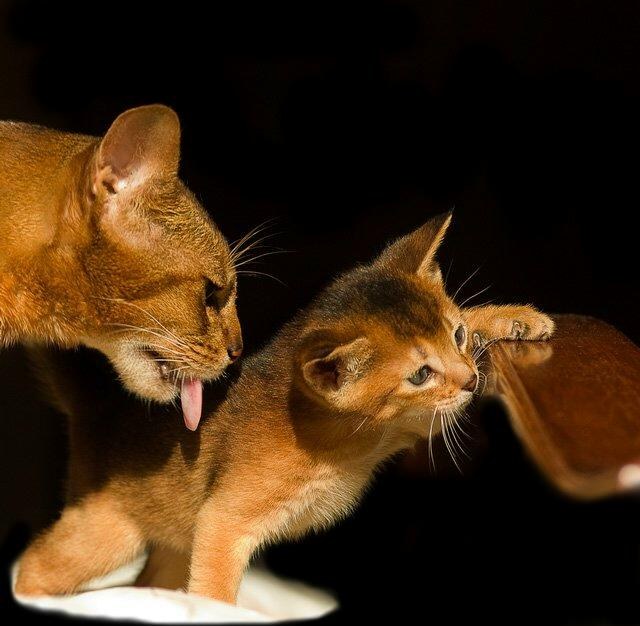The most common infectious diseases of cats include: panleukopenia, kaltsivirusnaya infection, herpes viral rhinotracheitis, chlamydia, herpes and, of course, rabies.
The greatest distribution among all the listed diseases has kaltsivirusnaya respiratory infection. The disease is very contagious and easily transmitted through direct and indirect contact. Symptoms of the disease is the increase in temperature and the appearance of ulcers in the oral cavity of the animal. The virus is particularly dangerous for young cats. Sometimes the disease can lead to death.
Panleukopenia and rhinotracheitis herpesvirus are much rarer, but occur, usually in serious complications and can also lead to death of the animal.
Chlamydia in cats is called feline specific strains. However, contamination of the animal and the human, birds and other animals by bacteria. The disease affects primarily the conjunctiva, reproductive organs and respiratory system. Chlamydia can be transmitted to humans from a sick animal.
Ringworm is a common fungal infection. Spores of the fungus are able to survive long in the environment.
Rabies is a viral disease, accompanied by severe lesions of the nervous system. The disease is equally dangerous for animals and for people. Usually, rabies is fatal.
To protect your pet from dangerous diseases, veterinarians recommend the vaccination of animals. Note that even if your cat never goes outside, it can not serve as a 100% guarantee that it does not threaten infection - the viruses of many diseases can be listed on the clothing and shoes of the owners.
If you are planning to participate in exhibitions or to take the animal in the journey - vaccination is becoming a prerequisite.
The first vaccination is recommended to make the cat at the age of 10-12 weeks. It is performed polyvalent vaccine includes components that protect from several diseases: chlamydia, panleukopenia, and rhinotracheitis calicivirus.
To enhance the immunity of 21 days must be repeated revaccination. At the same time, usually doing and rabies vaccination. Within 2 weeks after vaccination is necessary to ensure that the cat does not get hypothermic, do not wash the animal and release it outside.
The vaccine against zoster can only be entered 14 days after other vaccination. Mandatory revaccination within two weeks.
The following vaccinations must be done to the animal at the age of one year. Further vaccination is strictly once a year.
Adults not previously vaccinated animals to be vaccinated are required for the same scheme.
You should know that vaccinate only healthy animals. 10 days before of vaccination it is necessary to make degelmintizatsiju. To minimize the risk of allergic reactions, it is recommended to give the cat an antihistaminic drug.
